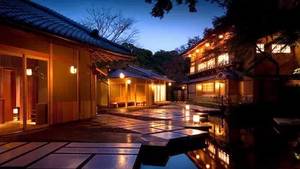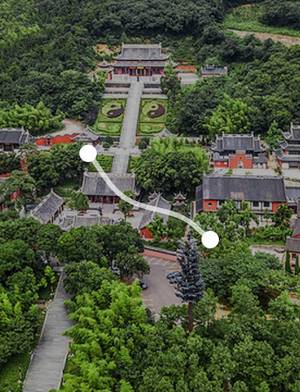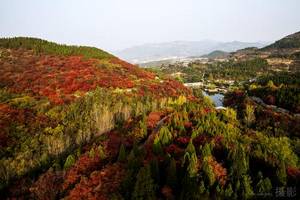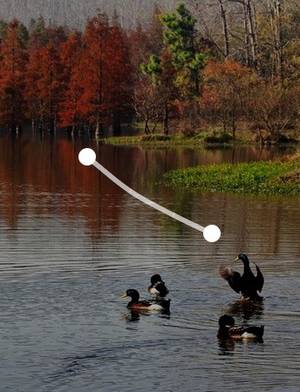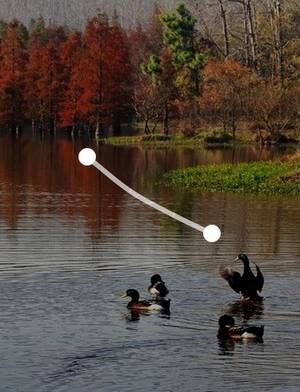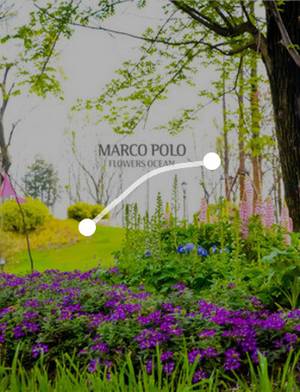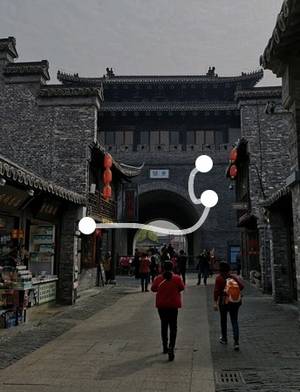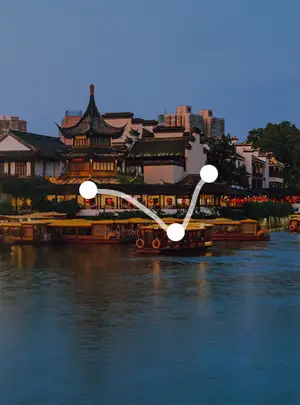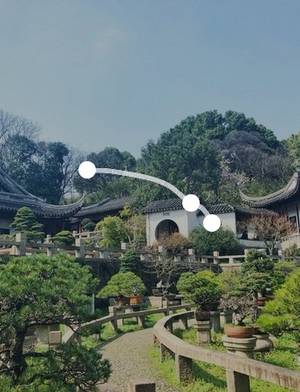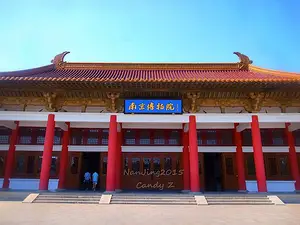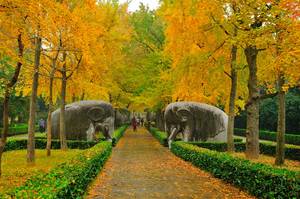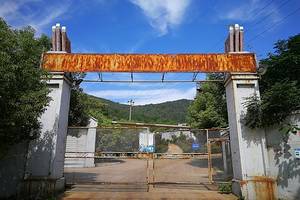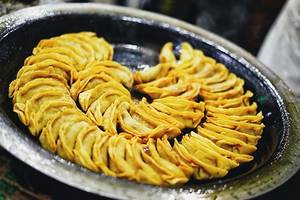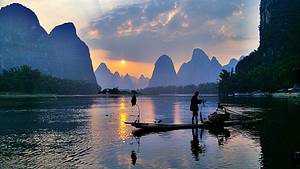Baohua Mountain National Forest Park, A Sanctuary of Serenity Amidst Blossoming Hills
Yangliuquan Road, Baohua Town, Jurong City, Zhenjiang City, Jiangsu Province, China
4.4
Introduction

Address Yangliuquan Road, Baohua Town, Jurong City, Zhenjiang City, Jiangsu Province, China
Opening hours 08:30-21:00 (All day), 17:00-21:00 (Evening session)
Last admission time: 20:30, 20:30 (Monday-Sunday from January 1 to December 31)
Transportation Bus: Take metro line 4 to Xianlinhu station, then transfer to bus 191 at the south exit of Xianlinhu metro station and get off at Baohuashan station. It is within walking distance.
 There is a famous temple called Longchang Temple on the mountain
There is a famous temple called Longchang Temple on the mountain
